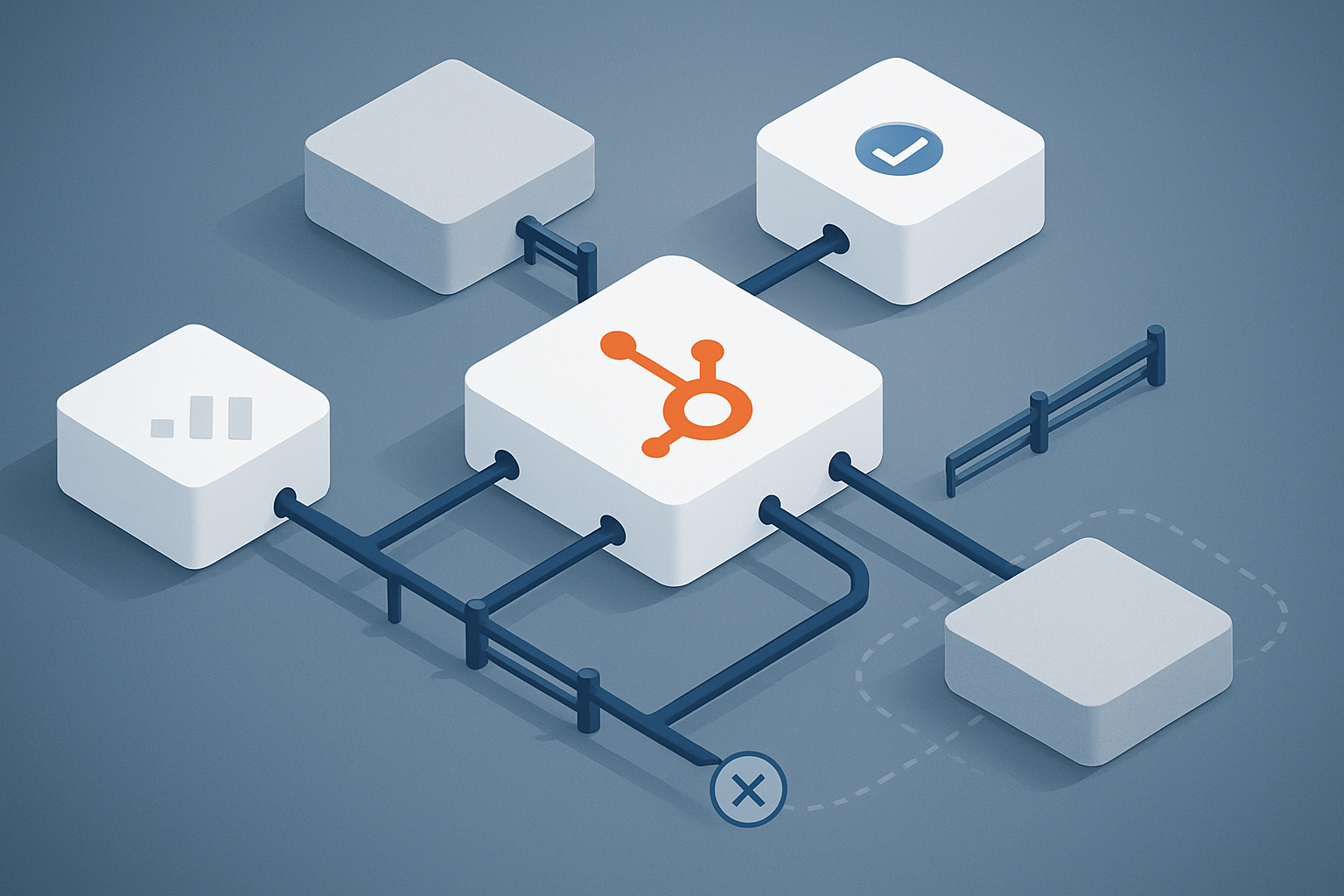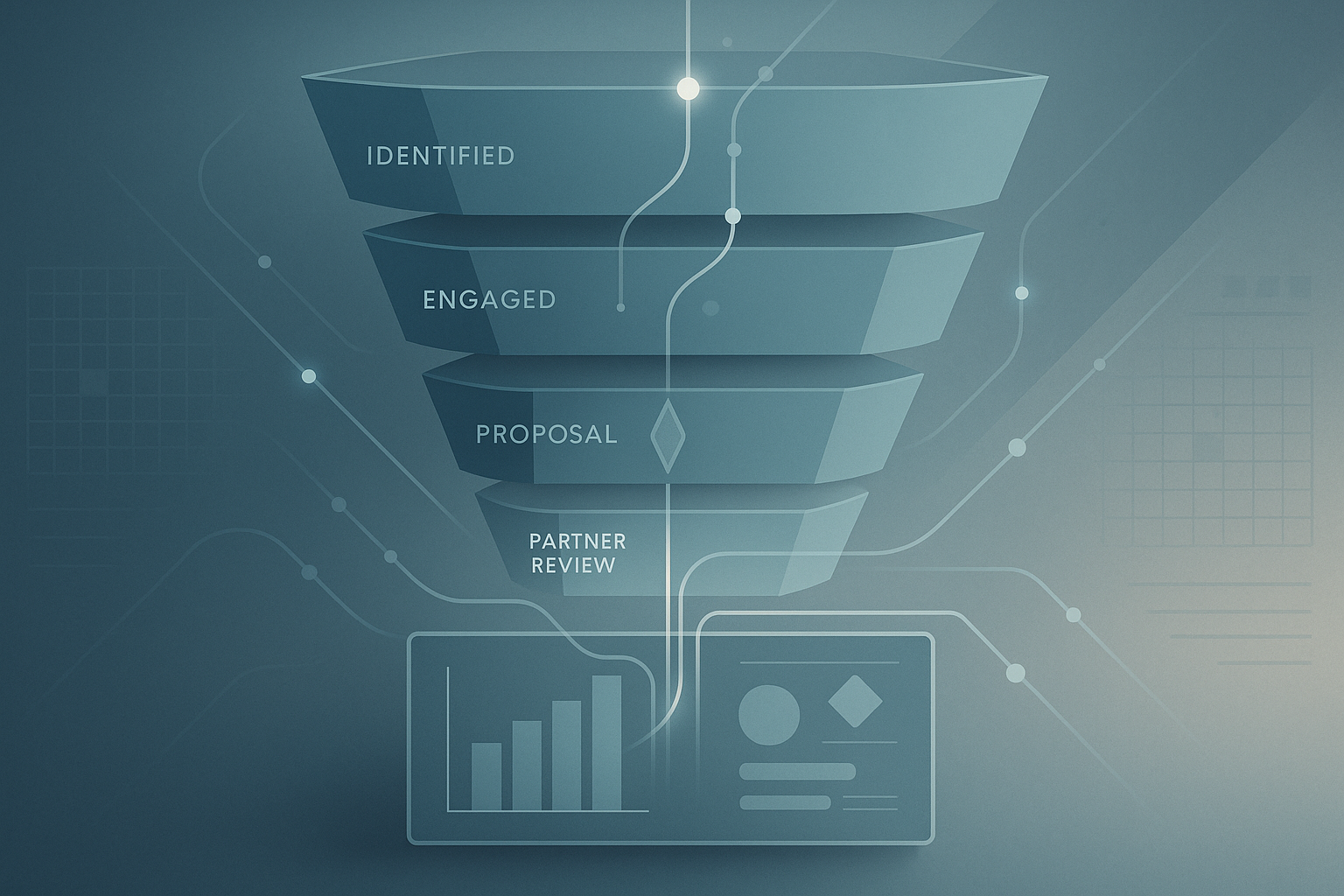Remarketing vs Retargeting
Digital Marketing
Remarketing
Retargeting

Two terms that are thrown around often interchangeably: Retargeting and Remarketing
You've more than likely been included in one or both of these as a consumer. And if you've run paid ads in the past, you've likely come across these terms when setting up Google ad or Social media campaigns.
But what is the difference? And how can they be best utilised?
Let me explain:
What's the difference?
To put it simply: Retargeting are the paid ads you run to bring specific people back to specific parts of your website. Remarketing on the other hand, is your overall efforts to reengage customers and/or prospects (you're marketing to them again, thus REmarketing).
An example of a retargeting campaign would be running dynamic Google display ads for products on your website. Someone looks at a certain product on your website, they then leave and visit another website running Google AdSense ads, that specific product is then shown to the person that originally look at it.
An example of a remarketing campaign, however, would be running an offer for previous customers via email, text message, paid ads, etc. The goal of this campaign is to push for more sales from people who have already engaged with you, but with a more focused offer in mind and the campaign being centred around said offer.
Which should I use?
There is no reason not to test both. It is much cheaper and easier to reconvert previous customers than it is to gain new ones, so remarketing campaigns should form part of your marketing strategy. At the same time, dynamic retargeting ads such as the one discussed in the previous section, are a fantastic way of creating contextual advertising.
How can I best use these strategies?
Both strategies generally work best at the decision stage of the customer journey.
Use retargeting ads (Google, Facebook, Instagram, LinkedIn, etc) to serve up dynamic offerings (or static if you're lead gen focused) to visitors that have shown an interest in your product or service.
Use remarketing to plan how to reengage current customers or to move your prospects down the funnel. Think about the different channels your customers will use and plan your remarketing campaign accordingly.
Remarketing campaigns tend to have a higher conversion rate than awareness campaigns. This is because you already have the data on your visitors and they have already shown an interest in your brand and products/services. It makes sense to segment them into a campaign.
What next?
Set up some audiences in Google Analytics and start building out some using behavioural data (e.g. product page visits, service page visits, etc). Try Google display ads, they are relatively cheap and allow for segmentation to a high level.
See what kind of conversion rates you can drive using these excellent tactics. If you're struggling to know where to begin or how to improve on them, why not ask one of our experts?


